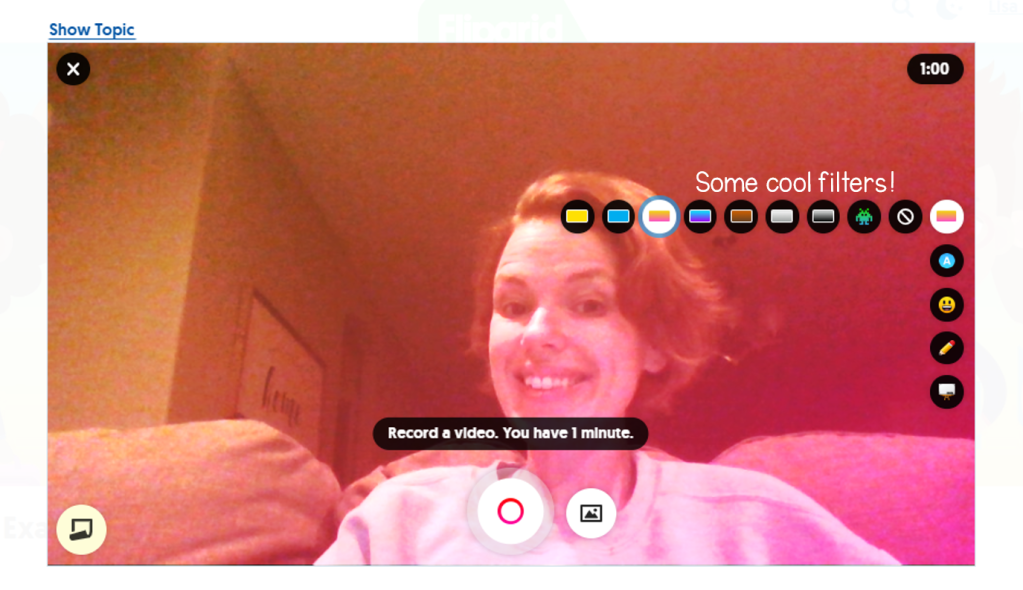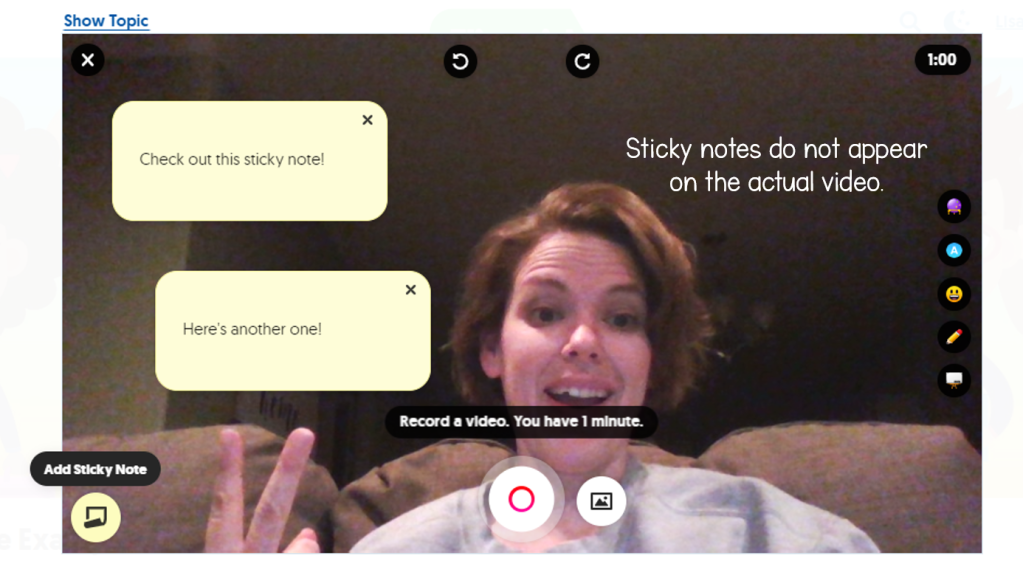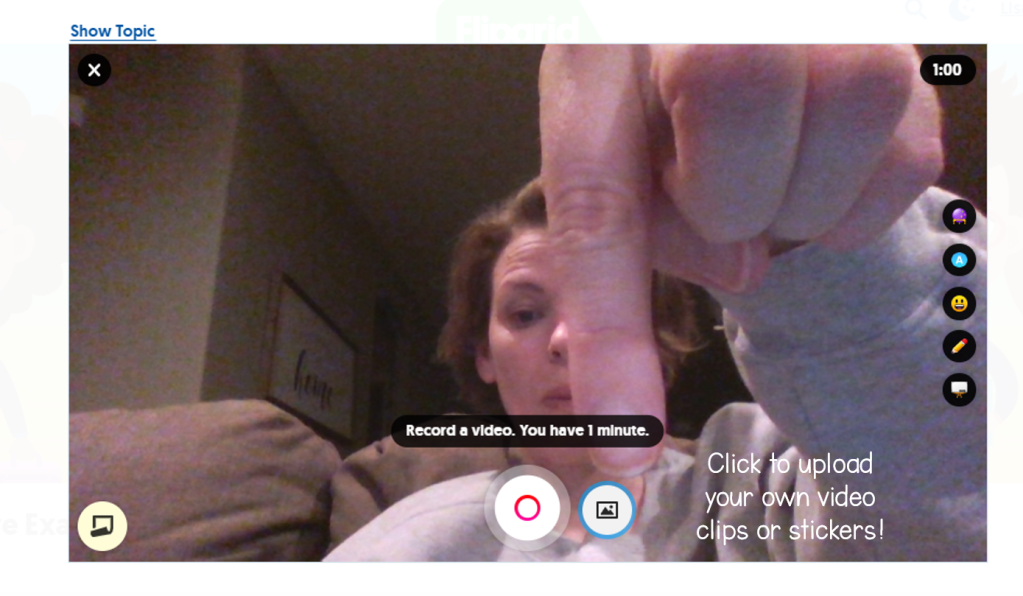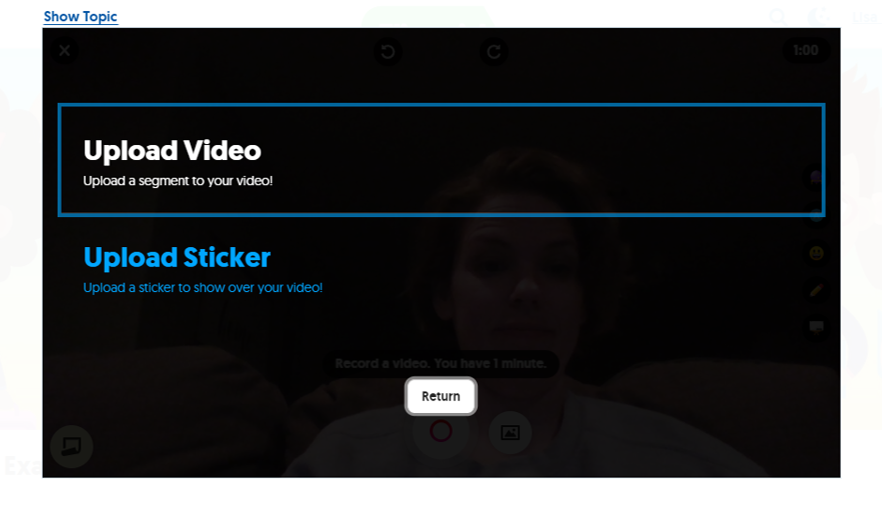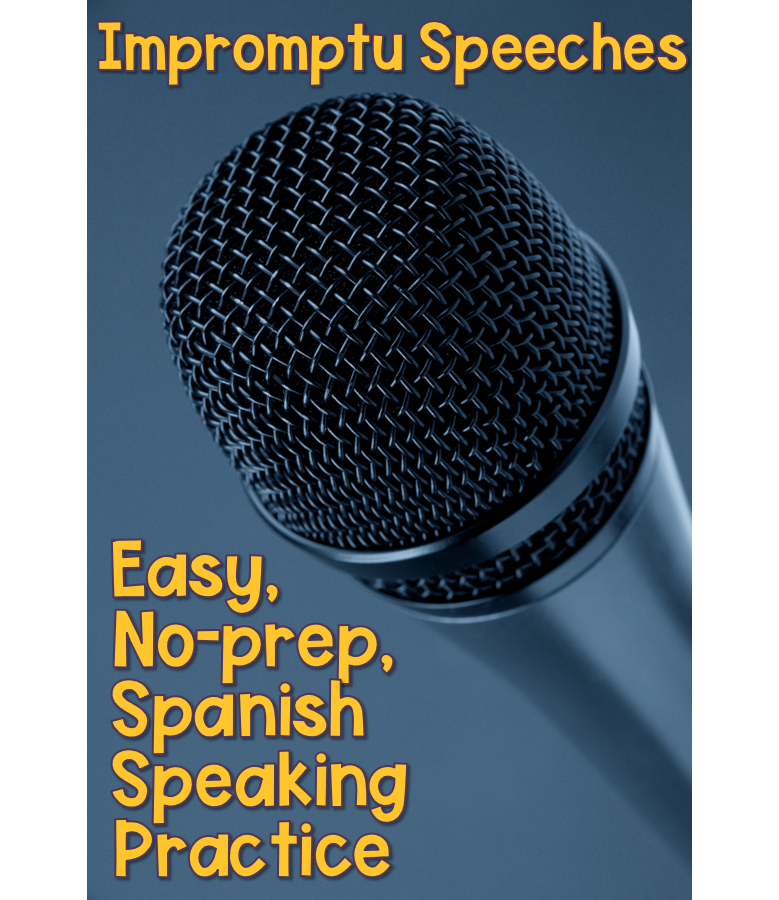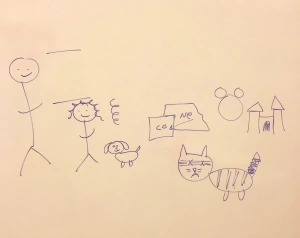Today I used a pecha kucha style speaking activity with Adios Textbook’s street food unit. The traditional pecha kucha is made up of 20 slides that the speaker talks about for 20 seconds. For my Spanish pecha kucha, I cut the pictures down to 6 slides and asked students to talk for just 10 seconds. The activity went amazingly well but not before it went wrong.
The Mistake and the Fix
Students took turns speaking in pairs about pictures of typical street food from Hispanic countries. I projected the pictures on the wall and advanced the slides every 10 seconds. It was immediately obvious this wasn’t enough time to process the picture, recall information, and speak in the target language. I stretched the time to 15 and then the full 20 seconds and it went much better.
The Problem
After speaking in partners, I planned to do a formative assessment using Flipgrid (for more info, see my posts about Flipgrid in the world language class). I had created a video of three images that appeared for 10 seconds before advancing. This meant that students would only have 10 seconds instead of the necessary 20+ seconds they really needed. I had them do the speaking and an amazing thing happened. They didn’t have time to think.
The (Unexpected) Awesomeness
Because the students had no think time, they simply spoke Spanish without thinking about it and sounded real, and authentic.
This was a group of Spanish 4 students who always want to be “right” and “correct”. It’s tough to get them to speak off the cuff without pre-writing or thinking everything out first. Not only did they simply speak and not think, they had fun with it!
It was a bit ridiculous how fast everything moved and they were smiling and laughing during their videos. Despite the short time-frame most students were able to get a lot of info packed in such as
-what the food is
-main ingredients
-where it’s popular
-their opinions (quiero probar, me parece rica…)
I plan on doing a similar activity for their summative assessment. I feel like today was a big confidence boost to students.


